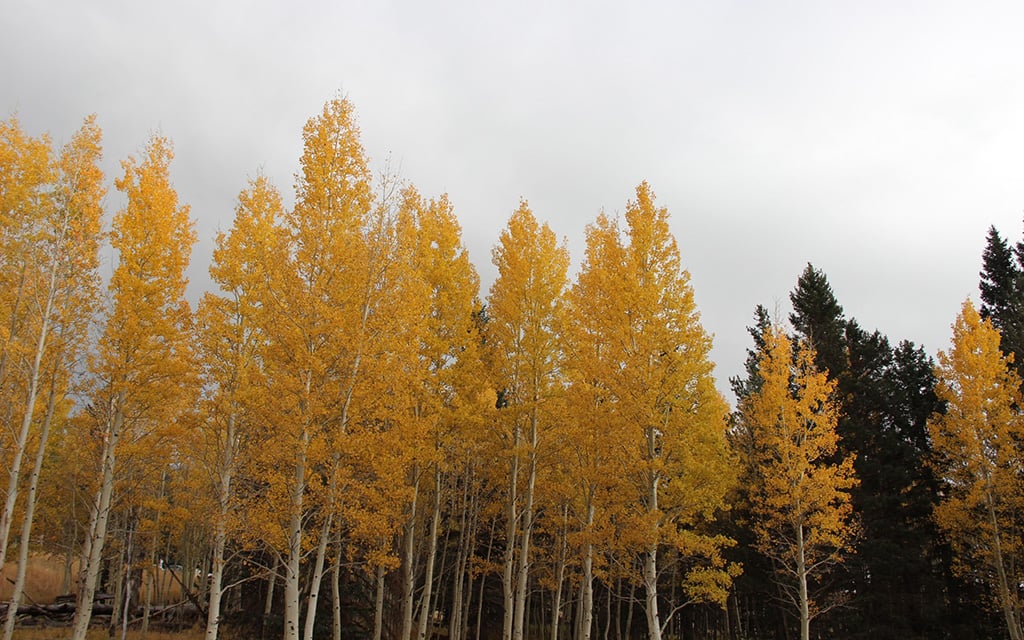PARIS – If the Paris Olympics taught us anything, it’s that the combination of high-altitude and extreme heat training in Arizona help prepares athletes for high-level competition. From Flagstaff’s mountainous elevations to the scorching deserts of Tucson and Phoenix, these environments are proving to be invaluable for building endurance and resilience.
Approximately 250 Olympians and Paralympians trained in Flagstaff before the Tokyo Games, and many others escaped to the Phoenix and Tucson areas for warmth during winter months. A similar amount did the same before Paris.
Among the distance runners who trained in Flagstaff and competed in Paris is Grant Fisher, who grabbed bronze in the men’s 5,000 meters and 10,000 meters. Many others who competed came to the Phoenix area to train in the winter for the forgiving weather, included triathlete Kirsten Kasper.
Flagstaff is known for its high-altitude conditions and has become a popular spot for endurance athletes from around the world, many of whom are affiliated with elite running clubs based in the area.
These athletes capitalize on the city’s unique environment, which offers the dual benefits of challenging altitude and a supportive community, making it an ideal location for those seeking to enhance their performance ahead of the global competition in Paris.
“Training at high altitude forces the body to make adaptations, such as increasing red blood cells and improving aerobic efficiency,” said Jarred Cornfield, cross country coach at Northern Arizona University. “Flagstaff’s high altitude, combined with great weather and soft surface trails, creates a perfect environment for training. It’s an attractive place for athletes from all over the world due to these factors.”
NAU, located in Flagstaff at an elevation of 7,000 feet, has been recognized for its ideal training conditions.
“The altitude helps athletes adapt to higher levels of training, which is crucial for competitive success,” Cornfield said. “The community and the facilities further enhance the training experience.”
Two-time Olympic shot-putter Jillian Camarena-Williams also credits her success to Arizona’s challenging climate.
“When I was training for Beijing, it was during monsoon season (in Tucson),” Williams said. “It gets hot and sticky, exactly like the weather we had in Beijing. It was great preparation. Training in Tucson’s heat also helped with my injuries. In a cold environment, I’d be stiff and take much longer to warm up.”
NAU distance runner emphasized the physiological benefits of high-altitude training.
“Increasing that red blood cell count is huge,” he said “Spending a lot of time up there and letting the altitude take care of the rest when we come down to sea level doesn’t make the racing feel easier, but it definitely gives us an edge.”
Air is thinner at higher altitudes which translates to fewer oxygen molecules per volume of air. This means training at high altitudes triggers the body to produce more red blood cells. The extra blood cells can stay in the body for weeks.
Brittany Garcia, a former assistant athletic trainer at Arizona State who is in Paris working with athletes, recognizes how the Arizona environment has become increasingly popular to prepare for big events.
“Arizona’s combination of high altitude and desert heat has been beneficial, and we’re seeing more athletes utilize Arizona for their training,” she said.
Kristen Kasper, an Olympic triathlete, chose Arizona for her winter training to escape the cold of Boulder, Colorado.
“I was in Phoenix and Scottsdale for the month of February, and that was important to me because I got to leave the snow and cold weather,” Kasper said.
“Getting consistent warm, sunny days made the training and long endurance days a lot easier.”
